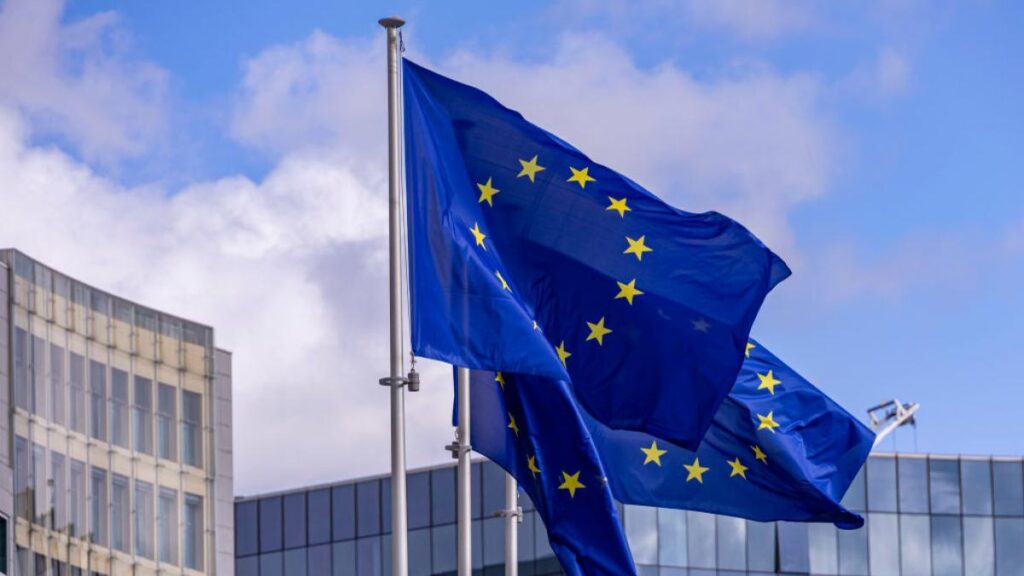EU to Integrate Carbon Credits Into 2040 Emissions Target

- The EU plans to count high-quality international carbon credits for up to 3% of its 2040 emissions reduction target.
- The credits would begin in 2036, easing pressure on domestic industries and offering cost-effective compliance options.
- The proposal introduces broader flexibilities to address concerns from member states over the cost and competitiveness of climate measures.
The European Commission is preparing to propose the use of carbon credits purchased from other countries to help meet the European Union’s upcoming 2040 climate target.
The official target—set for release on July 2—is expected to call for a 90% cut in net greenhouse gas emissions compared to 1990 levels. However, to respond to pushback from governments such as Italy, Poland, and the Czech Republic, the Commission is introducing new flexibilities to soften the financial burden of the transition.
Among the most notable measures: the EU could meet up to 3% of its emissions cuts using “high-quality international credits” sourced from a U.N.-backed carbon market. These credits, which could come from initiatives such as forest restoration in Brazil, would be phased in starting in 2036.
The document notes that “additional EU legislation would later set out the origin and quality criteria that the credits must meet, and details of how they would be purchased.”
The approach would reduce the emissions reductions required within the EU itself, effectively lowering the investment needed by European industries while maintaining the overarching 90% target on paper.
While advocates argue that such carbon credits support emissions reductions in developing nations and channel crucial climate finance abroad, critics warn of credibility issues. Recent scandals have revealed that some carbon credit projects failed to deliver the climate benefits they claimed, raising concerns about the integrity of this approach.
RELATED ARTICLE: Weyerhaeuser Marks Debut in Carbon Market with Sale of Forest Carbon Credits
In addition to international offsets, the Commission is considering other mechanisms to make the target more politically and economically viable. These include integrating carbon removal credits into the EU Emissions Trading System (ETS), enabling European industries to purchase them as offsets.
The document also highlights the need “to support the achievement of targets in a cost-effective way,” by giving countries more flexibility in choosing which sectors should shoulder the bulk of the reductions.
A Commission spokesperson declined to comment on the details of the draft proposal, which could still be revised ahead of its formal release next week.
Once the Commission unveils its plan, EU countries and the European Parliament will enter negotiations to finalize the legislation, with the potential to modify or challenge key elements.
Follow ESG News on LinkedIn








